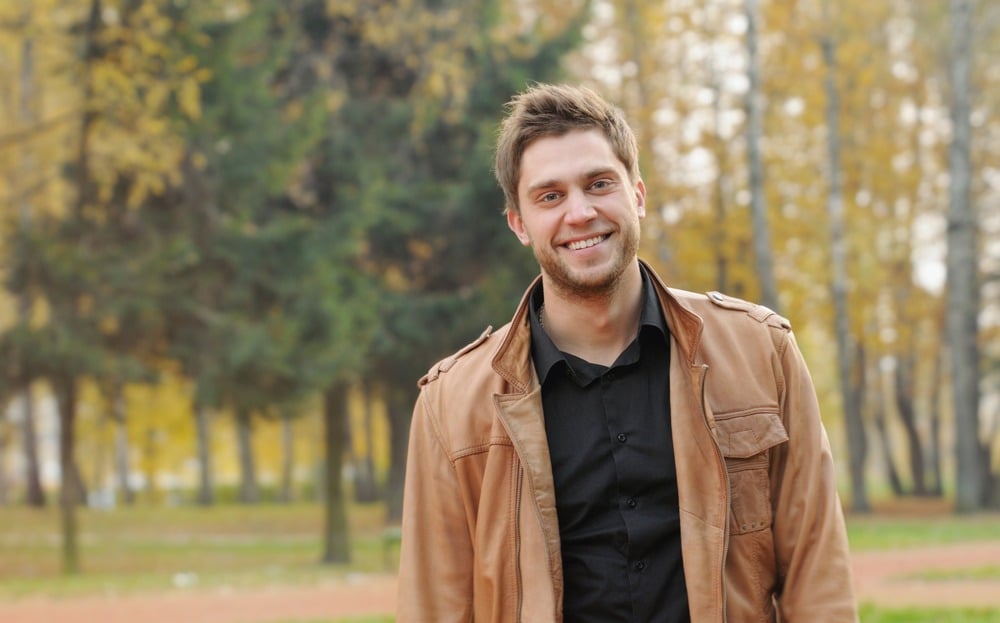If your child has been diagnosed with scoliosis, the idea of the treatment options can feel overwhelming. From physical therapy to wearing a brace to spinal surgery, the interventions for the curvature of the spine may sound invasive and uncomfortable, especially when your child is involved. However, these treatments for scoliosis, especially spinal surgery, have yielded amazing results for the patients. If your child is facing an operation to correct the curve of their spine, the likelihood of the spine subsequently growing straight is very high.
If your child has received a diagnosis of scoliosis, the doctor has likely advised you on the degree of curvature of his or her spine. Typically, if the curve is less than 45 degrees, physical therapy or bracing will be the first treatment considerations. However, if these measures do not slow or stop the progression of scoliosis, or the curvature has gone beyond 45 degrees, surgery will almost certainly be indicated as a necessary measure.
There are several different types of surgical procedures that are performed for children with scoliosis. Your child’s doctor may recommend one or more of the following based on your child’s specific case.
- Spinal fusion can be used to strengthen the spine as either an isolated procedure or in conjunction with another spinal surgery. Bone grafts are used to encourage the curvature to slow in its progression or to correct itself, depending on the situation.
- Corrective instrumentation may also be added to your child’s body following a spinal fusion. These internal supports work in conjunction with grafting and other processes performed during surgery to offer the best opportunity for complete correction.
- In certain cases, your child may have hemivertebra, which are misshapen bones in the spinal column. If your child presents with these, the surgeon may choose to remove the hemivertebra from the spine if it will be necessary for the possibility of correcting the curvature.
What Can I Expect Following my Child’s Spinal Surgery?
Regardless of the type of surgery recommended for your child’s case, you can rest assured that it will be as minimally invasive as possible. Depending on the area in which the curvature is most prominent, the spinal surgeon will make a plan to approach from the anterior, posterior, or a combination of the two. The fusions, corrective instrumentation, and removal of bones will all be done as minimally as possible in order to achieve the straightest spine possible.
Since the spine is such a major part of the body, your child’s recovery from scoliosis surgery will take time. It will be important for your child to rest a lot in order to minimize the aggravation of the incision sites. Typically, your child will be out of school for several weeks, possibly a month or two, depending on their recovery. There are other measures that you can take to ensure that your child heals and gives their spine the best chance of straightening.
- Make sure your child avoids strenuous activity, such as P.E. class, running around with friends, or biking until cleared by the doctor to participate. This could be as long as ninth months after the surgery, which can be difficult for your child, but incredibly important for their spine.
- Your child should also be sure not to lift anything strenuous, including backpacks or groceries, for up to a year. Lifting and carrying heavy items can put a lot of pressure on the spine, and impact the healing and alignment following the surgery.
- Attend all follow-up appointments with your child’s surgeon. The doctor will be able to monitor the incisions, assess the progress with the curvature, and address any other issues or concerns before they become problematic.
Although the outcome of your child’s surgery will depend on the severity of their curve and the surgical procedure required, it is certainly possible that scoliosis surgery will help the spine to grow straight. Minimally, the surgeon will work to halt the degree of curvature, with the ultimate goal of straightening the spine. With such a major surgery, it is important to choose a doctor and practice that you trust and with whom you feel comfortable. Call us today at 205-637-1363 to begin consultation regarding your child’s condition and to create a treatment plan.








